Bagrati Cathedral
- Categories:
- Religious Sights
- General info
-
The cathedral of King Bagrat (Mother of God church).
Bagrat's Cathedral is at the end of Kazbegi Street, on a hill above the right bank of the Rioni River. Turn left from David and Constantine Mkheidze Street onto Pshavela Street and then right onto Kazbegi Street. Alternatively, you can park below near the bus station on Mkheidze Street and walk up a staircase through what were once the courts and gardens of the cathedral and palace.
The cathedral was commissioned by the first king of a unified Georgia, Bagrat III. An inscription on the north wall gives us the exact date of completion: "When the floor was finished it was chronicon 223” (1003). The date is the oldest remaining example of Arabic numerals in Georgia. Intending to symbolize his unification of Georgia, Bagrat invested much of his personal prestige in the building of the cathedral. According to a chronicle of the time, at the cathedral’s consecration, Bagrat “assembled the neighboring rulers, the patriarchs and archbishops, the abbots of all the monasteries, and all the notables from the lower and higher parts of his realm and from all other kingdoms.” Even in its present ruined state, you cannot but feel the grandeur and nobility of the structure and the sense of power and wonder that must have attended that consecration ceremony.
Like the Church of Oshki (now in Turkey) with which it is frequently compared, the Cathedral of Bagrat is a triconch with protruding sidearms to form the cross. The cupola was supported by four detached octagonal columns and the drum raised high above. With the windows in the conches, a light-filled open space was created. The extended western arm was separated into three aisles and furnished with galleries for the kings family. A three-story tower was added to the left side of the west facade; this probably served as the king’s quartersoras the residence of the local archbishop. Somewhat after the completion of the cathedral, but still in the first half of the 11th century, a portico with open arches was added to the southwest side. A little later this concept was repeated in front of the entryways on the west and south sides. Only ruins of the south portico remain today. These later embellishments were marked by elaborate, deeply incised stone carving on the capital and base of the pillars, the pillared entrances, and selected door and window frames. Mythical animals, human faces, and sometimes human faces on animal bodies predominate here, usually intertwined with rich leaf motifs. The technique is reminiscent of Romanesque capitals. This type of carving and iconography is in contrast to the overall conception of the stonemasonry of the cathedral, which utilizes more of the subdued classicism usually associated with Kumurdo. In such a concept, harmony of intent is expressed by the symmetrical disposition of the blind arcading, and the slender gables and windows.
Russian ambassadors who visited the church in the middle of the 17th century reported that the interior was covered with mosaics. Remnants of the design of the floor—broad circles interspersed with inlays of black, white, and red - are still visible at the eastern end of the building. The cathedral was sacked and destroyed by the Turks in 1691. Since 1951 Georgian restorers have been working on the site. East of the cathedral on a ridge overlooking the city is the palace complex; archaeological work commenced here in 1985.
Gallery
BUSINESS REVIEWS
There are no reviews at the moment
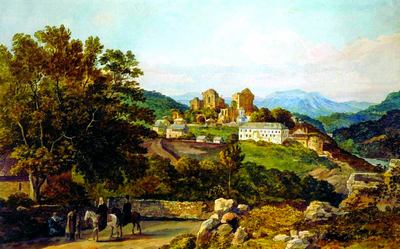
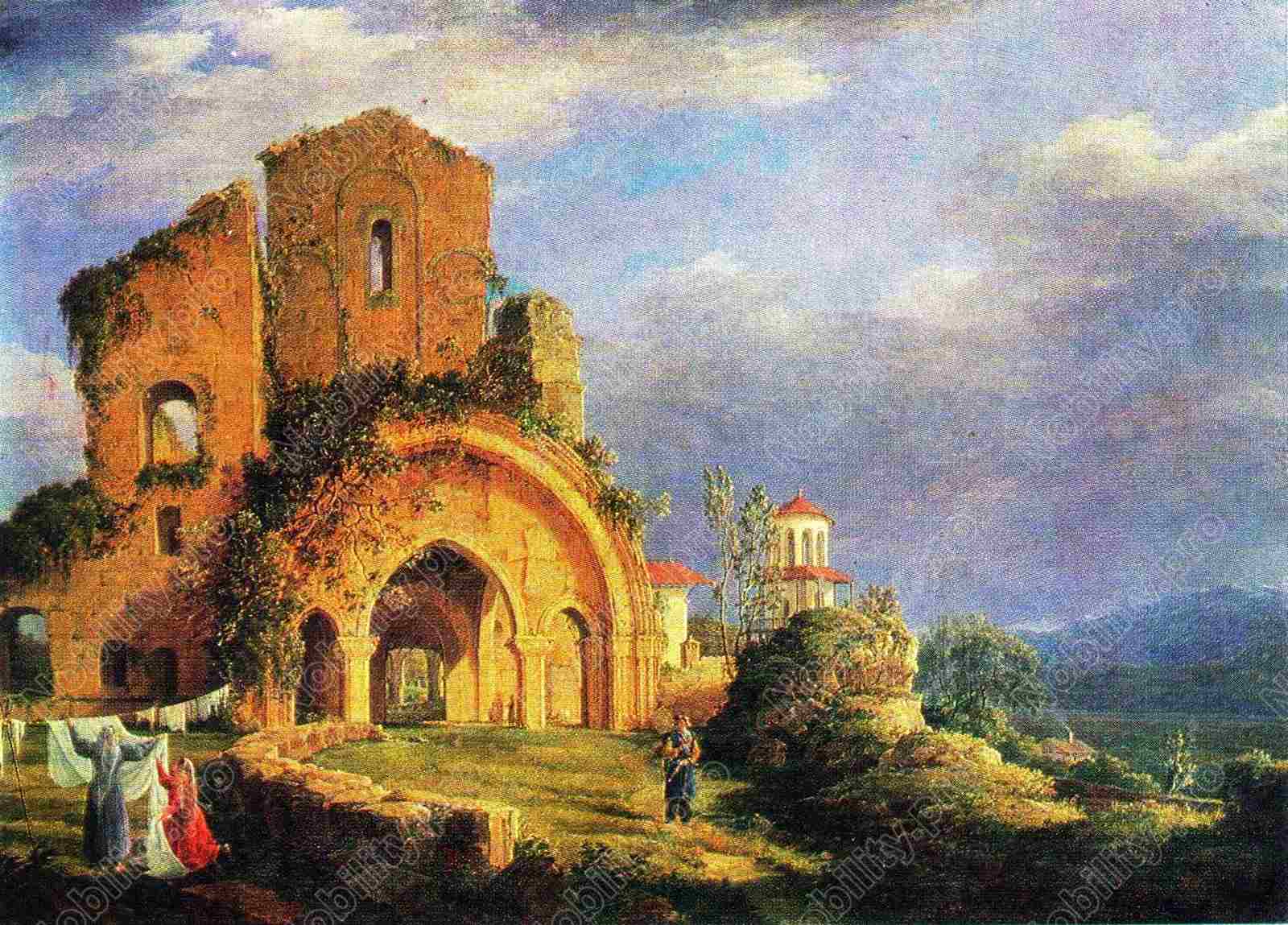
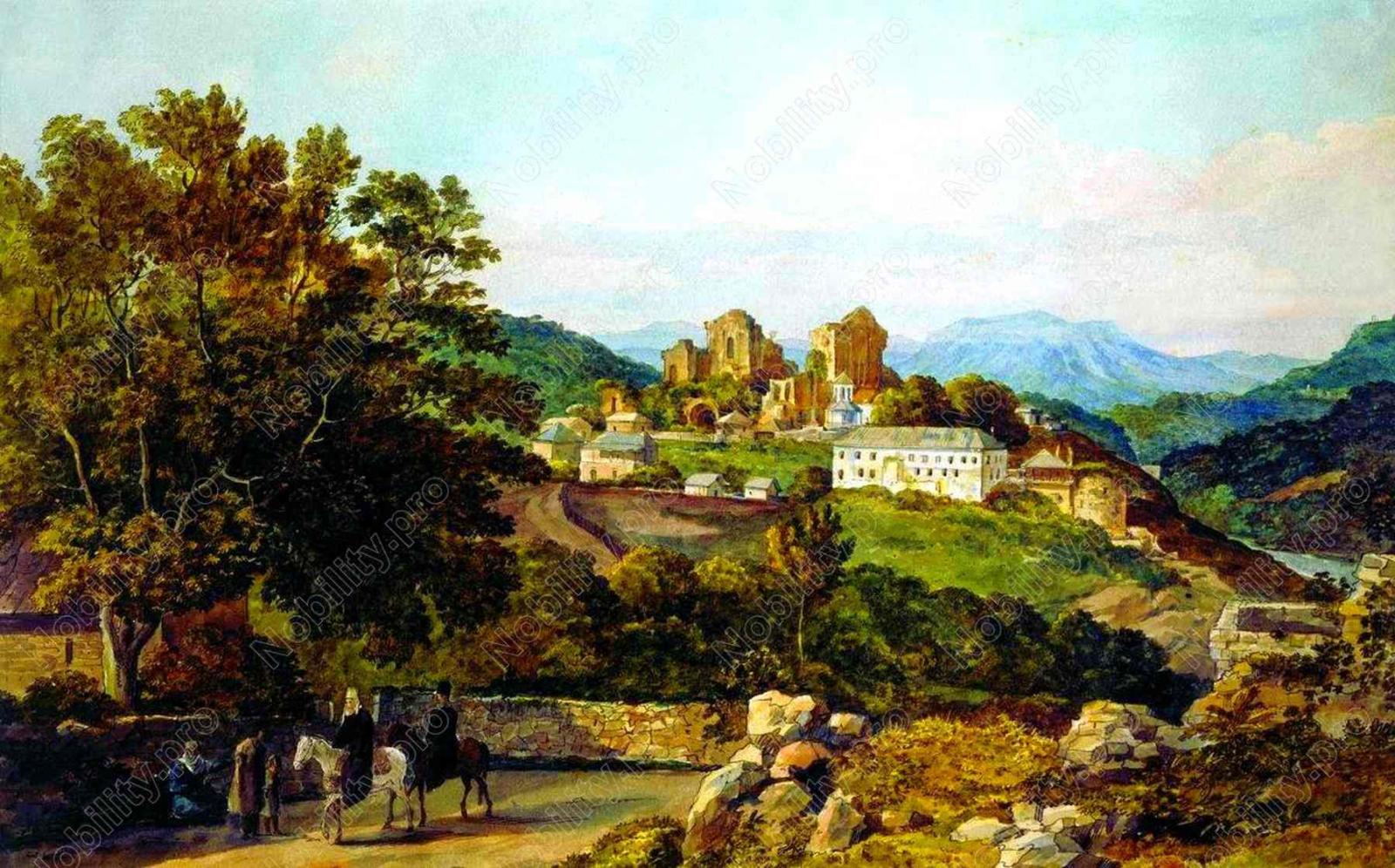

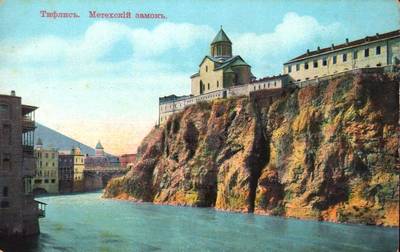
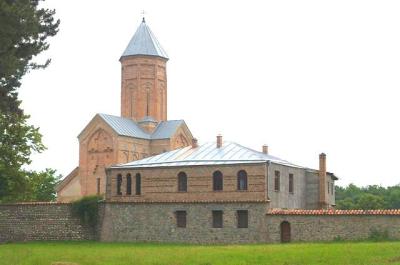
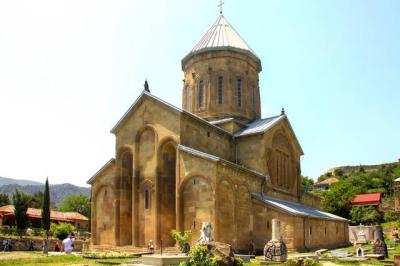
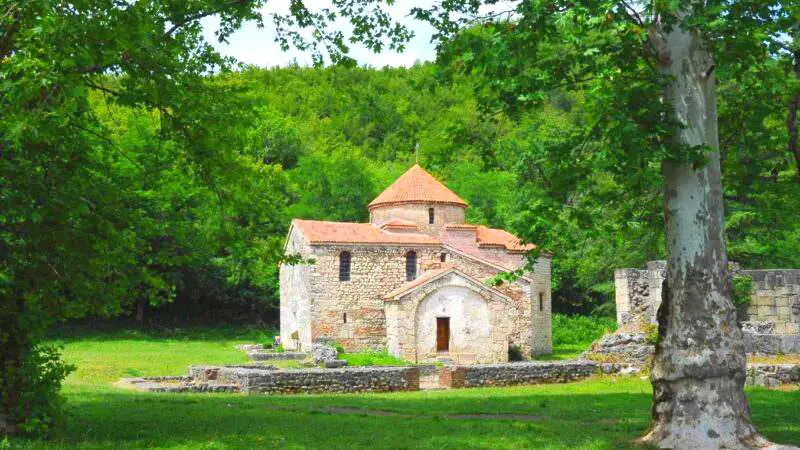
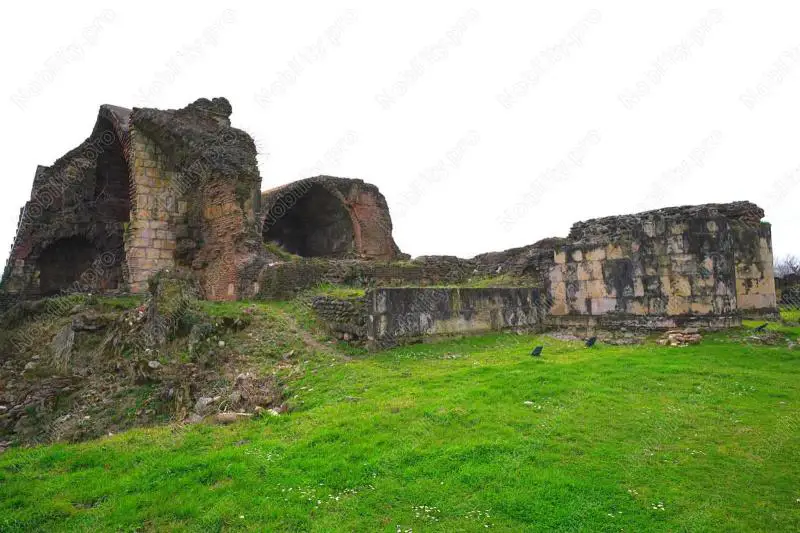
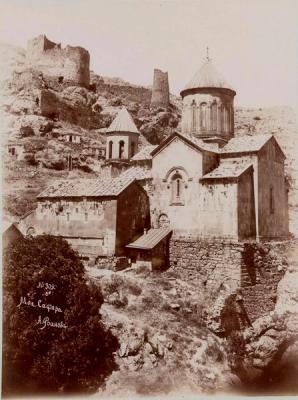
Bagrati Cathedral